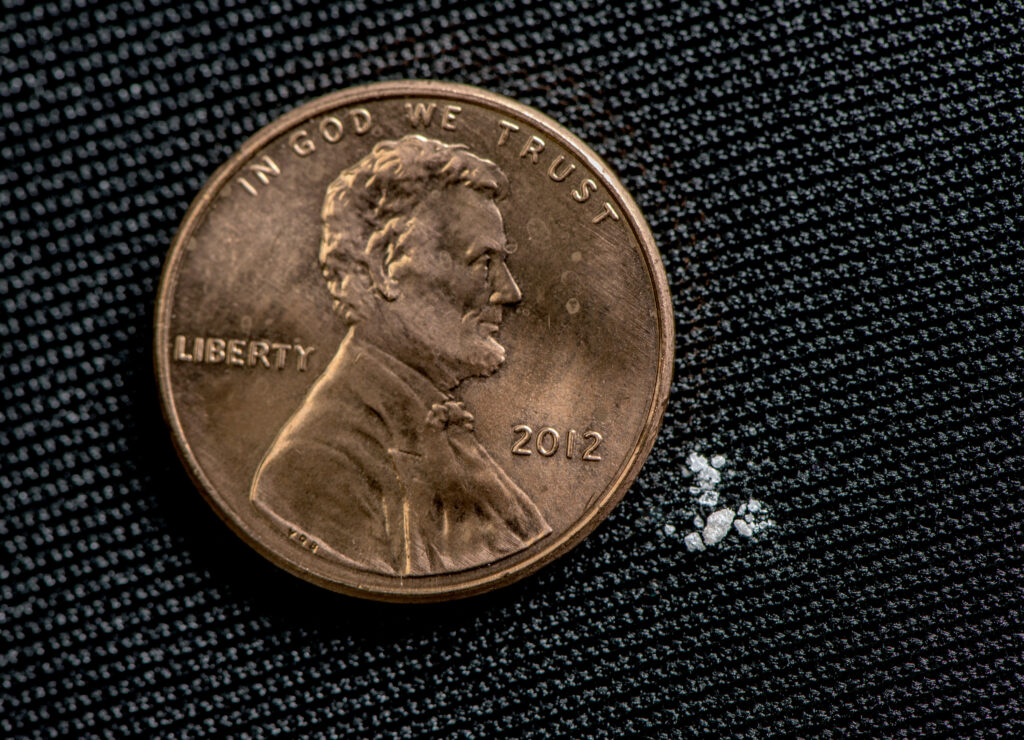
A new school year brings a mix of excitement, anxiety, hope, and expectations. It’s a time for young people and their parents to reconnect with old friends, meet new people, and form new friendships. Amid the anticipation, it’s crucial to prioritize our young people’s safety and well-being. With the growing dangers surrounding drugs—particularly counterfeit pills, high-potency marijuana, and alcohol—maintaining open and ongoing conversations with your child about these critical issues is essential.
Many drugs today, including fake pills, are laced with dangerous substances like fentanyl, making them extremely hazardous and potentially deadly. When approaching this conversation, be transparent, honest, and fact-based, empowering your child to make informed choices.
In the past, scare tactics were often used to discourage young people from experimenting with drugs and alcohol. Many of us remember the famous “This is your brain on drugs” campaign, where an egg symbolized the brain, and frying it represented the brain on drugs. However, when young people tried an illicit drug, and their brains didn’t turn into breakfast, the message lost its credibility.

Instead, share the real risks of drug and alcohol use. Provide information and data illustrating how substances can harm health, relationships, and future goals. Discuss the specific dangers of current trends, like counterfeit pills laced with fentanyl. It’s a terrifying reality as law enforcement and healthcare professionals continue to see the devastating effects of “fake” or “look-alike” pills sold on social media, often delivered directly to the doorstep of a young person who believes they’re buying a legitimate pharmaceutical product. The Drug Enforcement Administration (DEA) reports that laboratory testing shows seven out of every ten pills seized by the DEA contain a possible lethal dose of fentanyl.
Although marijuana is now legal for medical or recreational use in many states, it’s not without its risks. Marijuana today is far more potent than it was in the 70s, 80s, or even the 90s. Back then, marijuana typically had a THC concentration of 1% to 3%. By the 1990s, THC levels increased to around 4% to 6%. Today, many strains have THC levels ranging from 20% to 30% or more. In addition, highly concentrated products like edibles, oils, waxes, and dabs—which can contain THC levels exceeding 60% to 90%—are more common. Marijuana is no longer the “natural” and “harmless” substance many once believed it to be.
Connect healthy choices, including decisions about drugs and alcohol, to your child’s goals and aspirations. How will substance use impact their progress toward what matters most to them—relationships, academics, sports, or community involvement? Emphasize that staying healthy includes making responsible decisions about drugs and alcohol, which will help them achieve their goals.
Peer pressure is a powerful influence on young people. Prepare your child with strategies to respond to and resist it and help them make their own decisions. Role-playing different scenarios can be surprisingly effective. Give them a chance to practice how they would respond to likely situations, and coach them in confident ways to say no.
Finally, set an example. Nothing will shut down a young person more quickly than blatant hypocrisy. If you tell them not to smoke, drink, or use drugs while doing those very things yourself, your message loses credibility. Model healthy habits and responsible behavior. Share personal stories—if appropriate and if you’re comfortable doing so—that highlight the consequences of substance misuse.

Above all, keep the lines of communication open. Everyone makes mistakes, but it’s important to recognize when things have gone wrong and seek help to get back on track. Make sure your child knows where they can find support if they or someone they know is struggling with substance misuse. Provide resources for dealing with stress, anxiety, or other issues that could lead to substance use.
Call to Action: LEARN
Use these and other resources:
- Partnership to End Addiction
- One Pill Can Kill
- National Institute on Drug Abuse
- Substance Abuse and Mental Health Services Administration
